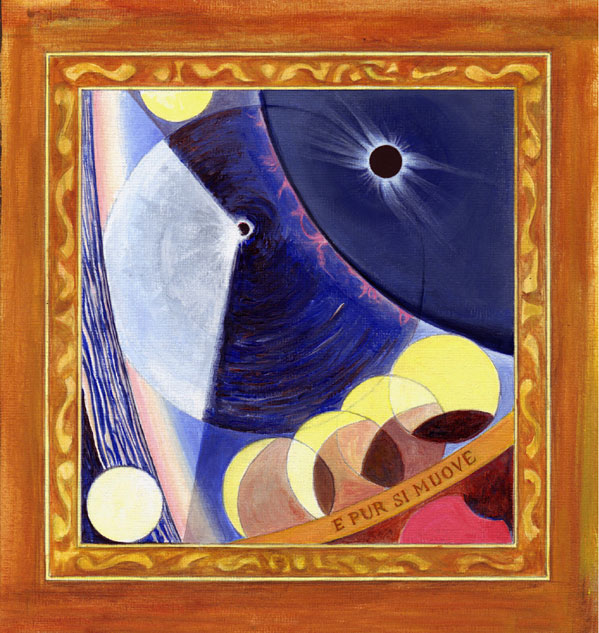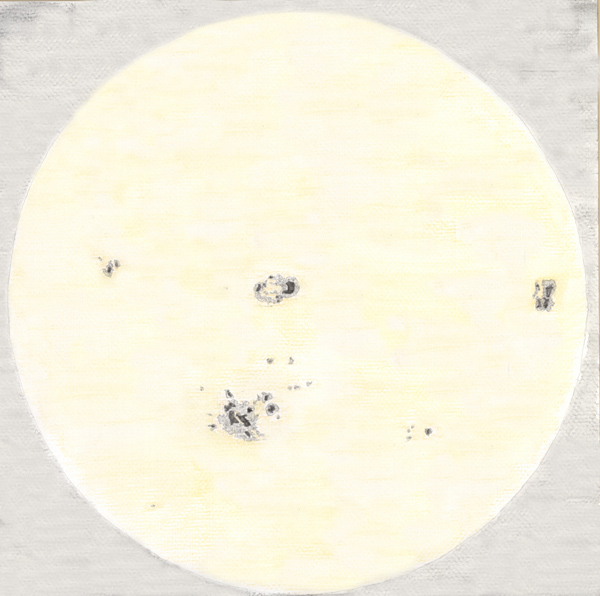Eclipse
The total solar eclipse seen from the Turkish Mediterranean coast last year
was our first eclipse. It was an overwhelming and unforgettable experience.
We wanted to soak up the spectacle and so deliberately did not take a
camera, our only equipment was binoculars for a quick look at prominences
and the corona immediately after the start of totality.
All the textbook sights were there, Venus and Mercury before totality, the
pink prominences, a gauzy corona pearly white and twisted and pulled by the
sun’s magnetic fields, diamond rings whiter than diamonds and the receding
lunar shadow blotting out distant mountains. That much was expected. But the
overpowering impressions were the ones that were not expected. The point
like sun and greying light before totality like being in a steel tank lit by
a single light bulb. The rapid and wholly shocking plunge downwards in light
as totality started. The swiftly changing and blazing diamond rings, the
sheer speed of it all. For the first time we got the real sense that we were
on a turning Earth with the Moon and Sun shifting and moving in the heavens.
This little acrylic on board painting tries to sum up those impressions. It
fails miserably – but then what could succeed when pitted against a real
solar eclipse!
Les Cowley



